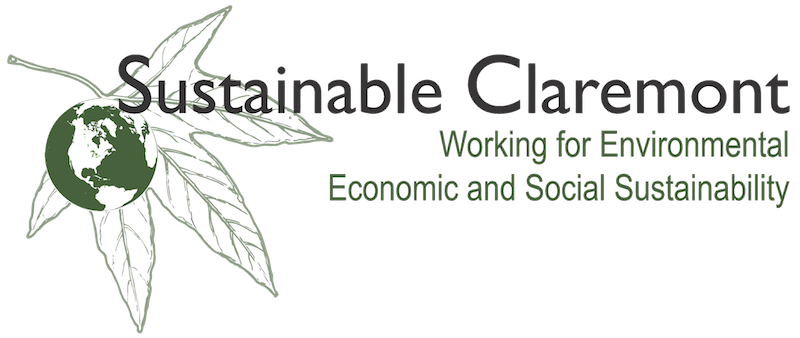Those of us who live less sustainable lifestyles are frequently alienated by absolutist rhetoric coming from the green movement. This is unfortunate because we are all important actors when it comes to reducing energy and water use. Smart water management may be the key to our future in southern California, and you don't have to be Al Gore to care about energy use — after all, energy use costs money and who doesn't want to save money? Sustainability is too often treated as an all-or-nothing game, but it shouldn’t be. For all its limitations, the "Cash for Clunkers" program shrewdly zeroed in on cars getting below 18 mpg. Since they are the heaviest emitters of carbon, we gain the most from conservation efforts aimed at them. Switching from a vehicle that gets 15 mpg to one that gets 25 mpg saves more fuel than switching from one that gets 30 mpg to 60 mpg.
Similarly, it’s important to identify leverage points for reducing carbon emissions and water use when considering dietary choices. How can I make my diet more sustainable? Eat local and eat organic, right? Maybe become a vegetarian or even a vegan? Here is some info on how changes can help:
- Eat organic. Why? 21% of carbon emissions in the food system come from ammonia production for chemical fertilizers. Ammonia is created through the Haber process which changes atmospheric nitrogen gas into a usable form. While this process is widely credited with helping to feed the world during the last century, it is also incredibly energy intensive. Usable nitrogen is naturally released as organic matter decays — compost is Nature's fertilizer, our black gold. Non-meat food scraps, leaves, grass clippings and other yard waste can be combined to form potent growing material. Compost also improves soil structure and helps prevent topsoil erosion. Right now, due to heavy reliance on chemical fertilizers rather than on adding organic material to the soil, topsoil is disappearing ten times faster than it is being replaced.
- Eat local. Why? A study from Iowa State suggests that food travels an average of 1,500 miles before it reaches your plate. These "food miles" make up 14% of energy use related to food. Food miles are frequently misunderstood, however. If thousands of tomatoes are transported in one trailer over a1,500 mile span while a single basket of a dozen tomatoes travels 50 miles, the "local" tomatoes may require greater energy use per tomato. Of course, there are plenty of other good reasons to eat local: local produce is usually much fresher, you can get to know the growers and what methods they use, and a greater fraction of your dollar is likely to go back to the farmer.
- Decrease your consumption of processed foods. Why? Each processing stage requires energy and water and at each stage nutrients are lost. So the next time you're in the grocery store, spend a little more time in the fresh produce aisle. Even if it's not local or organic, it's probably much better for both you and the environment than what's in the rest of the store.
- Decrease your beef consumption. Why? While all meat production scores poorly in terms of water and energy efficiency, beef is by far the least efficient. How can you eat less red meat while still getting enough protein in your diet? You can eat more fish or chicken, both of which are more resource-efficient meat sources (although you may want to check how the fish are caught and the chickens are raised). Or you can simply eat less meat, instead opting to increase your consumption of eggs, nuts, beans, avocados and quinoa.
So, there are many small changes in our food choices that can add up to large changes in our carbon footprint — let’s all take that first step!
Please come to the Sustainability Dialog talk on April 4 about our food supply and local farming.
Demystifying Sustainability is an initiative of Sustainable Claremont (sustainableclaremont.org).
